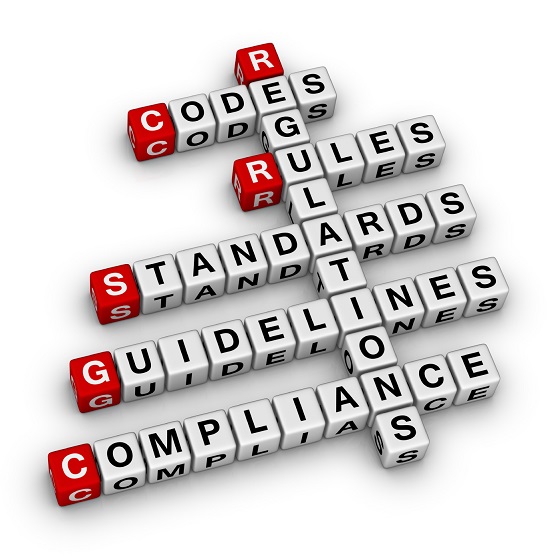
Posted on: August 17, 2020
Taxonomy 2.10
The European Banking Authority (EBA) is introducing taxonomy 2.10 which is to be effective from report reference date 31 December 2020. This taxonomy includes changes to funding plans. Reporting on remuneration and fraudulent payments will also be commencing from the aforementioned date. Whistlebrook has requested clarification as to whether UK firms will be required to make submissions of the new EBA fraudulent payments returns, given that REP017 already exists. Guidance on the issue is still outstanding. Therefore Whistlebrook has decided to err on the side of caution and include these new templates in the next release of the Wires regulatory reporting system.
Firms that intend to use Wires to make submissions of these new EBA forms are advised that charges will be applicable and they should contact their account manager in advance of the reporting date.
CRR2 and MREL
The EBA has issued reporting templates under CRR2 for MREL (Minimum Requirements for Own Funds and Eligible Liabilities). Whistlebrook understands that this new reporting will not be required by firms that are deemed by the Bank of England to be ‘simplified obligations’ (failure will not cause a significant adverse effect on the economy). It is also understood that the reporting will be applicable in the UK and have a first report reference date of 30 June 2021.
The relevant publication is available in the following link – https://eba.europa.eu/eba-publishes-final-draft-technical-standards-disclosure-and-reporting-mrel-and-tlac
FSCS Deposit Protection Temporary High Balances
Under the UK deposit protection scheme, temporary high balances of up to £1million are now protected for twelve months rather than six. This change is effective from 6 August 2020 and is applicable to deposits made before 1 February 2021.
A temporary high balance that is due to become unprotected in August 2020 will still qualify for protection until February 2021. This change is temporary and will revert back to a period of six months from 1 February 2021.
Third Country Branches in the UK
CRDV will introduce new annual reporting for third country branches operating in the UK. The PRA issued a consultation paper 12-20 which details the PRA’s expectations. It is understood that reporting will be effective from 30 June 2021.
Extension of Application of ‘Simplified Obligations’
According to PRA consultation paper 10-20, the Prudential Regulation Authority has proposed to extend the number of firms that fall into the category of ‘simplified obligations’. It is understood that under that category, an institution preparing a recovery plan would have fewer requirements to satisfy. In addition, Whistlebrook understands that ‘simplified obligations’ entities are not required to submit MREL and Resolution Z templates.
Firms that are affected by this proposal will be notified later in the year.
PRA Buffer – New and Growing Firms
The PRA recently proposed that new banks should calculate their PRA buffer requirement as six months’ forward operating expenses.
After five years or as soon as the firm becomes profitable, the PRA expects that the institution will move to a buffer that is stress test based.
Mortgage Reporting Requirements – MLA G and new template MLA G1
The change to MLA G and the addition of MLA G1 will be included in Wires for the first report reference date of 31 December 2020. MLA G1 is being introduced to report the volume and outstanding balances of second charge mortgages being administered.
Mortgage Prisoners Intra Group Switching
The FCA recently proposed that borrowers that are up to date with their mortgages, but are in a closed book, be offered cheaper alternative products in a lending entity that is part of the same group.
Further details are in consultation paper 20-13.
This information was last updated 17th August
